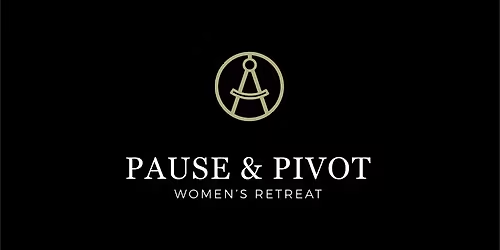
About this Event
Where do we go when we sleep? Resting our head on the pillow is an important stage in the processes of repair and consolidation of the experiences we live through each day. For countless communities that maintain ancestral practices, dreaming goes far beyond the organization of memories and the balance of individual health. Dreaming is an essential infrastructure through which the community meets, builds creative solutions, and recognizes itself. Dreaming allows us to postpone the end of the world.
Guided by the actions of DS4SI, which pave the roads leading us beyond the limits of the sensible—limits that impose barriers on what we can understand as tools of change—we transform our intervention into a great construction site. Drawing on recombinations and remixings of the studio’s previous social practices, The Dream as Public Infrastructure proposes that we dream together and publicly. This intervention is part of the axis Affect and the Aesthetics of Space and Place, within 20 Questions for 20 Years, and has as a master builder the visual artist and professor Tiago Gualberto.
For this reason, nothing seems fairer than to dream of an encounter between communities separated in space yet willing to break down walls and live a life worth living. On one side, the community of the Carolina Rennó Ribeiro de Oliveira public school, located in the Jardim Ângela district, on the far southern periphery of São Paulo, Brazil. On the other, the audience attending the days of workshops, readings, conversations, and exhibitions of records and visual works at the HUB in Hibernian Hall, as part of the First Boston Triennial of Public Art.
To build this great bridge, about 750 children and adolescents aged 6 to 15, along with teachers and school staff, dreamed. We re-imagined routine aspects of dreaming. After creative workshops, training sessions, and readings, we planned a collective dream with the aid of drawings inscribed on a new pillow.
The creation of drawings on 800 pillows, distributed across a landscape that in 1996 was considered by the UN the most violent neighborhood on the planet, takes shape as a network of imagination—outlining alternative paths for the life of this community. At the same time, it offers itself as fundamental knowledge for overcoming challenges faced by all of us, especially now in these shadowed times.
This is why the intervention declares: we have the right to dream and to safeguard the health of this gesture. To dream as action and to dream as an idea. To dream as something both individual and collective. To dream as a production of authenticity and as a shared endeavor. To dream as a way of knowing oneself and as a way of planning. To dream as a form of expanding horizons and as a way of meeting oneself anew.
Event Venue & Nearby Stays
Hibernian Hall, 184 Dudley Street, Boston, United States
USD 0.00












